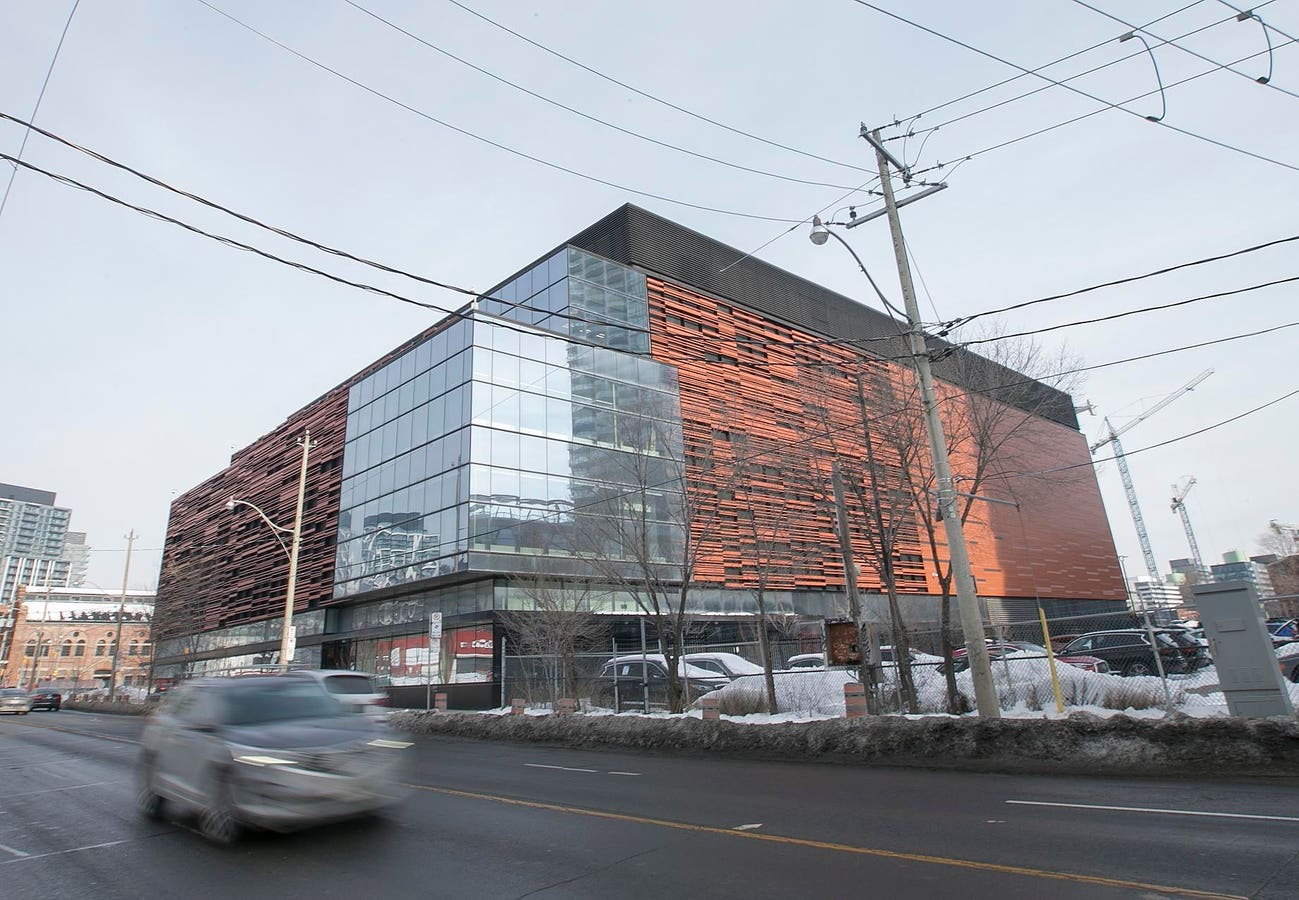Generative AI is driving a surge in energy demand.
Investors may be able to profit from these tools’ hunger for computing power by investing in data centers and/or publicly traded providers of technology for cooling those data centers.
How Investors Can Profit From Generative AI’s Computing Demand Growth
Investing in the leaders in each industry could be rewarding.
In an October 20 interview, Forrester Research Senior Analyst Abhijit Sunil identified some companies in these spaces. Publicly traded data centers include Equinix, Digital Realty, and Akamai. Publicly traded providers of immersion cooling systems are Vertiv, Schneider Electric, and Lenovo.
Of these companies, Equinix and Vertiv appear to have the most upside investment potential due to their expectations-beating growth, market leadership, and significant investments to satisfy growing demand.
Another analyst sees data center operators as winners. “The actual data usage and how all this comes together is going to be more concentrated to a couple of companies out there,” Angelo Zino, a vice president, senior industry analyst at CFRA research, told Yahoo! Finance.
“More and more companies are essentially renting space in the cloud rather than kind of investing and building their own data centers, just because in the future I think it’s going to be a lot more costly in nature,” he added.
While growth in demand for data centers may be more self-evident, the demand for so-called liquid cooling is less obvious.
The level of densely packed servers doing calculations all day long boosts the amount of heat that must be eliminated to keep the equipment from overheating.
Liquid cooling — which circulates water or other coolants through heat exchangers to absorb the heat generated by computer components — is more efficient than fans or air conditioning, KPMG Managing Director Brian Lewis told Network World.
Liquid cooling has practical implications for data center operators. “Liquid cooling adds weight because it is sitting on the floor and is embedded into the circuit boards,” Sunil told me. “It is heavier than air cooled which has big fans blowing in the data center.”
As I noted earlier, Equinix
EQIX
Equinix’s Performance And Prospects
Equinix — a Redwood City, Calif.-based operator of 248 data centers in 31 countries — is a leader in the “global colocation data center market,” according to the company.
Its recent performance and prospects appear compelling. In its third quarter — ending September 2023, Equinix reported strong growth — driven by “integration of AI into enterprise business strategies” along with profit increases and winning new customers.
Here are the key numbers from GuruFocus:
- Q3 revenue: $2.06 billion — up 12% from the year before.
- Q3 net income: $276 million — up 30%.
- Q3 deals closed: 4,200 “across more than 3,100 customers.”
- Q3 cash dividend: $4.26 per share, up 25%.
- 2023 revenue outlook: Between $8.166 and $8.206 billion — up between 12% and 13%
- 2023 adjusted EBITDA outlook: between $3.680 and $3.710 billion — up in the range of 14% and 15%.
Equinix is proud of its results. “We delivered another solid quarter of results and continue to drive strong value creation on a per share basis, raising …our dividend for the full year,” Charles Meyers, President and CEO, said in a statement.
“We expect Equinix’s broad portfolio of offerings, in tandem with our key technology partners, will allow us to capture high-value opportunities across the AI value chain, positioning Platform Equinix to be the place where private AI happens and allowing customers to place compute resources in proximity to data,” he added.
Equinix is continuing to invest in global data centers. The company has 56 major projects underway across 39 markets in 23 countries. New projects added in the third quarter include “new builds in Madrid, Osaka, Sao Paulo, and Silicon Valley [and a] $42 million investment in its fourth International Business Exchange (IBX) data center in Mumbai,” reported GuruFocus.
Vertiv’s Performance And Prospects
Liquid cooling represents a fast-growing market opportunity and Vertiv is well-positioned to win. According to Polaris Market Research, the global data center liquid cooling market was valued at $1.81 billion in 2021 and is forecast to grow at a 24% average annual rate over the next five years.
Vertiv — a Westerville, Ohio-based provider of cooling and power management technology for datacenter customers — posted better than expected results in its most recent quarter.
Here are the key numbers:
- Q3 revenue: $1.74 billion — up 17.6% from the year before, according to Zachs Equity Research.
- Q3 earnings per share: $0.52 — up 126% from 23 cents a share in the previous year’s third quarter and 18.2% more than investors expected, according to Zachs Equity Research
- Fiscal 2023 revenue growth forecast: $6.82 billion up nearly 20% according to analysts polled by FactSet, reported Investor’s Business Daily.
- Fiscal 2023 earnings per share forecast: $1.61,up 203% noted IBD
This fall Deutsche Bank and Evercore
EVR
Deutsche Bank wrote Vertiv “clearly caught the AI wave,” in a Sept. 14 research note. The firm — which raised its price target to $48 — sees potential for over 50% further upside “if data center investments continue growing at a double-digit clip.”
Meanwhile, Evercore
EVR
Evercore added the company’s association with Leibert — the inventor of precision cooling — gives Vertiv an advantage over rivals such as Eaton and APC. Moreover, Evercore – with a $50 price target on the company’s shares — noted Vertiv offers contracts on energy savings “to earn higher payouts, if a higher percentage of operating expenses is saved,” IBD reported.
Read the full article here













Leave a Reply